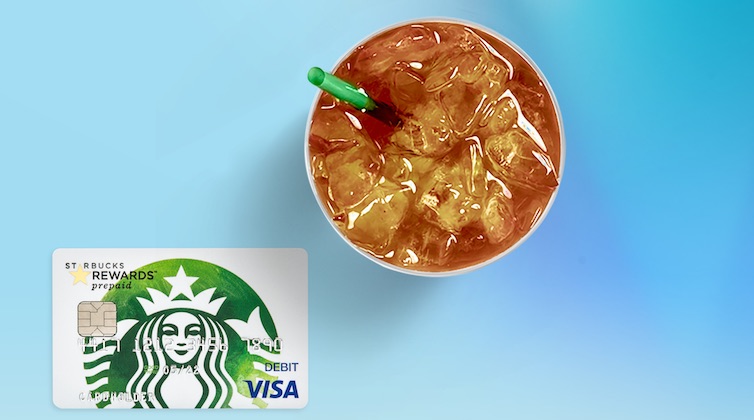Payments
Chase and Starbucks join forces on prepaid card to acquire more customers
- The Starbucks Rewards Visa card is a means to grow Chase's customer base among loyal Starbucks customers
- Use of Starbucks Rewards points to purchase goods outside of Starbucks is also an opening for redemption possibilities beyond Starbucks








